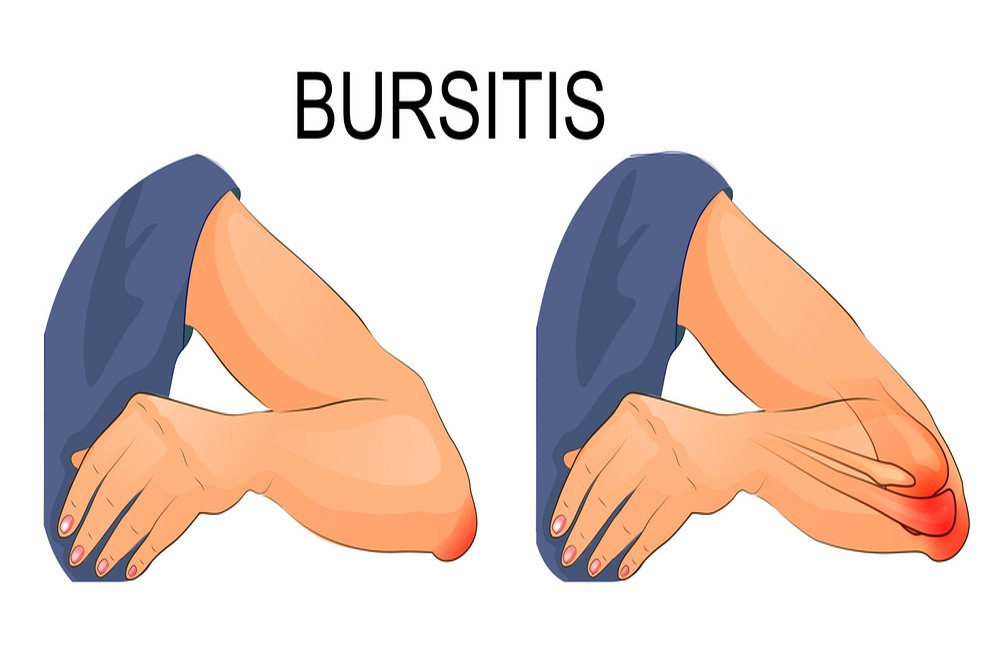A bursa is a sac (filled with lubricated fluid) that surrounds your joints. These sacs are located throughout your body. A tendon, skin, or muscle is surrounded by them when it meets a bone. They’re filled with fluid that reduces friction between bones, muscles, tendons, and skin. They also reduce friction during joint movement by adding lubrication. When a bursa sac is irritated or inflamed, it is called bursitis. The affected area of the bursa is painful and uncomfortable when the bursa is inflamed. There is a high incidence of bursitis around major joints like shoulders, elbows, hips, and knees. In addition, they restrict the ways in which you can move your joints. Most bursitis cases are temporary. Although it may limit motion, it generally does not result in deformities. (1)
Adults are more likely to develop bursitis after the age of 40. Repeated pressure on an area or overuse of a joint can cause it. Among the high-risk activities are carpentry, throwing, shoveling, painting, gardening, tennis, golf, raking, scrubbing, and skiing. The wrong way to sit or stand for long periods of time at work or home, or not stretching enough before exercising can also cause bursitis. Bursitis can sometimes be caused by sudden injuries.

The tendons in your body become less able to handle stress as they age. Their elastic properties are reduced, and they’re more susceptible to tearing. Bursitis is caused by a problem with the structure of a bone or joint (such as legs that are different lengths or arthritis in a joint). Other conditions such as gout, thyroid disorders, rheumatoid arthritis, or psoriatic arthritis may also raise your risk. Typically, treating affected joints involves resting them and protecting them from further damage. With proper treatment, bursitis pain usually goes away within a few weeks, but recurrent flare-ups may occur.
